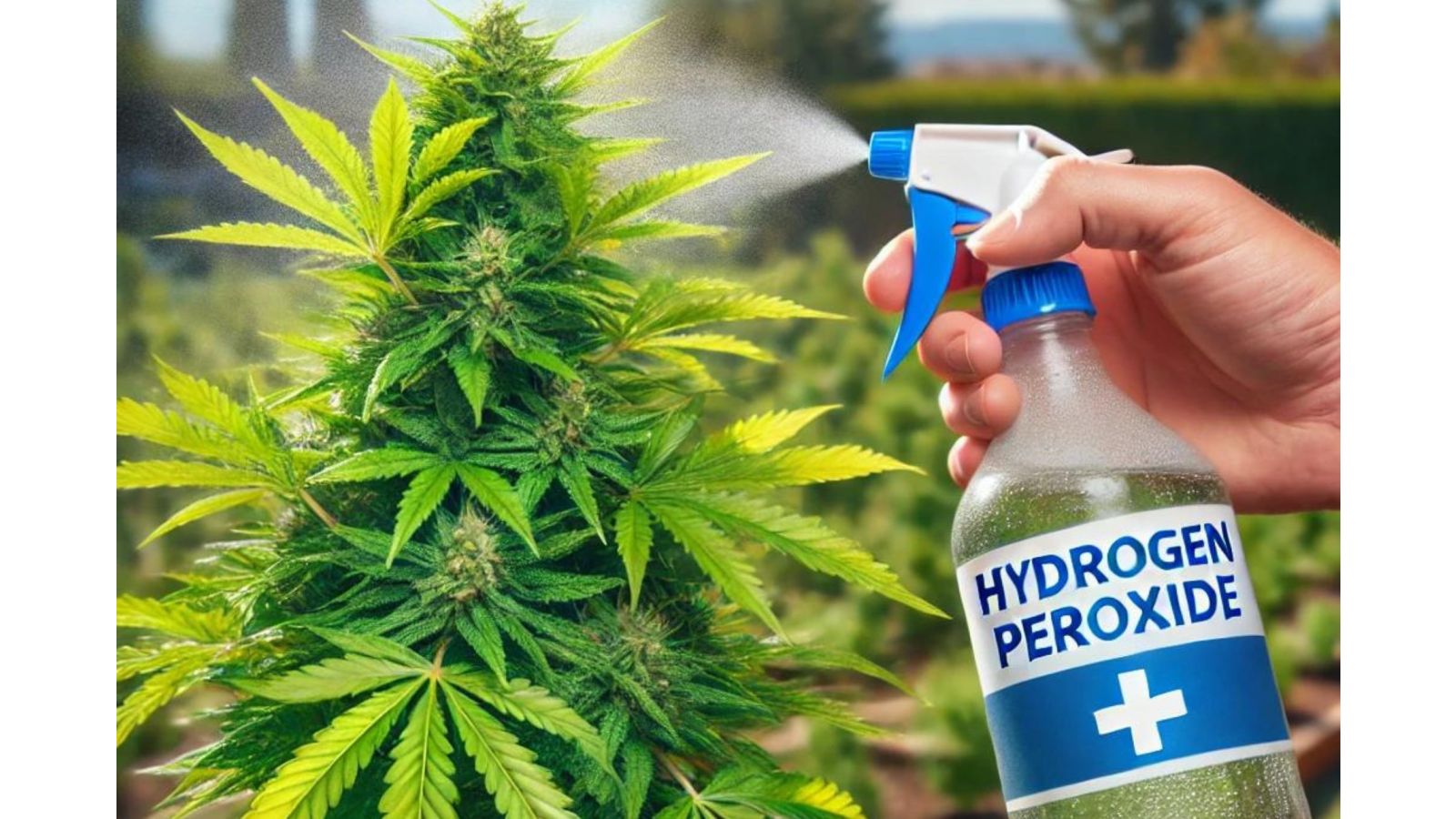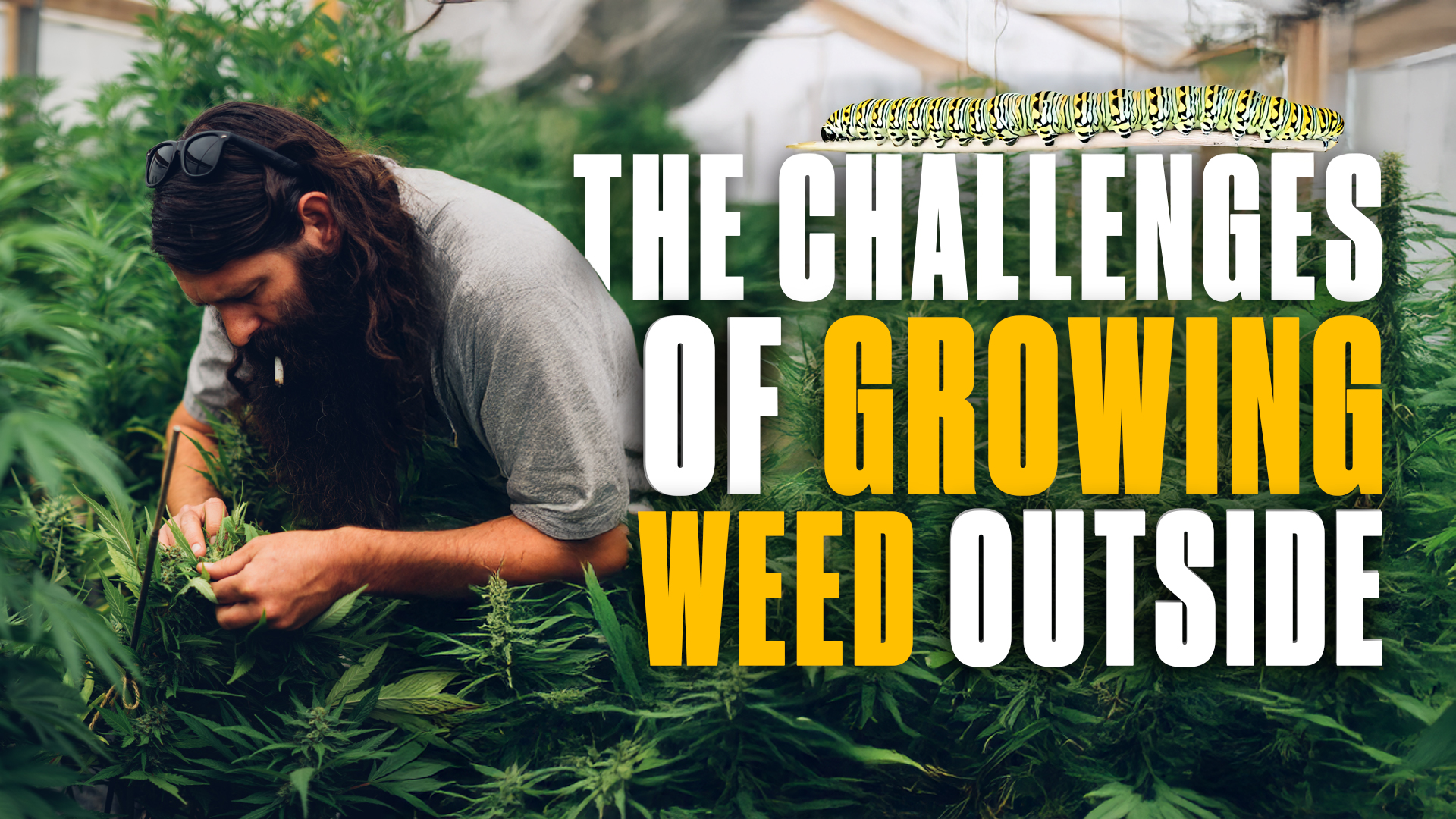Treating Cannabis Plants With Hydrogen Peroxide: Yay or Nay?
The cannabis cultivation community is one with loads of experience, botanical and scientific knowledge, and evidence-backed data, but one of the many things growers still disagree on is whether to use hydrogen peroxide. Some call it the “grower’s best friend”, while others avoid it like the plague, opting for more natural remedies instead.
However, many cultivators admit that there isn’t a be-all-and-end-all and that each way of treating cannabis plants has its pros and cons. In this blog post, we won’t look at whether hydrogen peroxide is the BEST option (or we might risk being lynched), but we’ll look at why and how to use it on our beloved cannabis plants.
A Quick Look at Hydrogen Peroxide
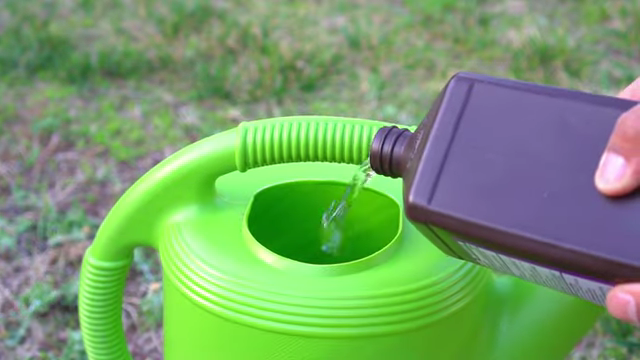
Before we dive into the good stuff, it would be amiss to not include a (very) short section on what is hydrogen peroxide for the sake of our newer readers. Those who want to, please feel free to skip ahead. We won’t be offended.
Hydrogen peroxide, chemically represented as H2O2, is a molecule with two hydrogen and two oxygen atoms, which is one oxygen atom more than H2O, the elixir of life. It is pale blue when pure and a little more viscous than water. Commonly used as an antiseptic, it is also used as a disinfectant due to its antibacterial and antimicrobial properties.
Because of the extra oxygen atom, H2O2 is an unstable molecule that is reactive to light, water, heat, and other compounds, which is why most of the containers that it is sold in are opaque and dark-colored. When breaking down, H2O2 loses one oxygen atom and becomes water, also acting as an oxidizing agent.
Reasons to Use Hydrogen Peroxide on Cannabis Plants
One of the many ways we can use hydrogen peroxide is by treating our cannabis plants. There are many ways that H2O2 can help a plant out, and here are some of the most common applications.
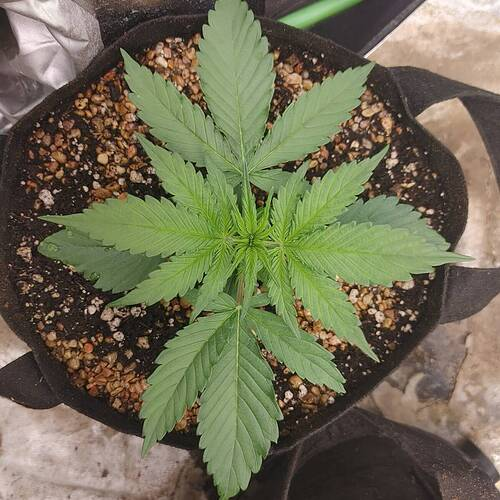
Treat Bacterial or Fungal Infections
Plants are living creatures and susceptible to infections like mammals are. Some common diseases are infections caused by harmful pathogens, fungal diseases caused by nasty microorganisms like the Pucciniales parasite, powdery mold, and mildew.
You can use hydrogen peroxide as a foliar spray, but be sure to get the dilution right. Peroxide off the shelf is commonly found in concentrations of 3%, and you’ll need to dilute it further. Many growers use the golden ratio of one part 3% peroxide to two parts water.
In addition to spraying the foliage, you can also use peroxide on the top layer of soil to deal with bacteria and fungi but only do this as a last resort when other natural treatments like neem oil have failed. Similar to when we humans take antibiotics, the peroxide will kill ALL bacteria, and that includes the beneficial good guys, or “bennies”.
Treat Root Problems
Urgh, root rot. If you see the edges of the leaves turning yellow, or brown or yellow stripes appearing, your plant isn’t a happy one. There could be many reasons for unhappy-looking leaves, and one such reason is root rot, which is easily identified if you lift the plant and examine its roots.
Caused by a fungal infection, the root system would have slimy, fungal growth and look like it is wilting and breaking down. The fungus is starving your plant which is by now, struggling to absorb water and nutrients.
The good news is that peroxide is an expert at killing fungal spores, so mix the same ratio as a foliar spray (one part 3% peroxide two parts water) and spray your plant’s roots. Do a one-off treatment and thoroughly cover the plant’s roots then reduce the frequency to twice a week.
Improve Aeration in the Soil
The soil of a cannabis plant should be light and airy, making it easier for the roots to expand and flourish. If the soil is too compact and dense, the roots might have trouble getting enough oxygen. Remember when we mentioned that H2O2 reacts with water, breaks down, and produces oxygen?
This process causes the oxygen levels to go up, reducing the density of the medium, and not only allowing the roots to breathe better but also for the plant to absorb more nutrients. In addition, more aeration also encourages the growth of beneficial microbes in the soil. However, using peroxide can negatively impact beneficial soil microbes if used excessively, so only use sparingly when needed.
To aerate the soil, use about a pint of 3% peroxide to a gallon of water in a spray bottle and use it on your plant when your soil is looking and feeling too dense and compact. Don’t spray more than once a week.
Improve Hydroponic Grows
If you are growing hydroponically, you can keep your water oxygenated so your roots have ample oxygen. Peroxide can also keep your water and equipment clean and prevent root infections. You can add peroxide into your reservoir in a ratio of 10 ml of 3% peroxide per gallon of water which should last you 3 to 4 days.
Pest Control
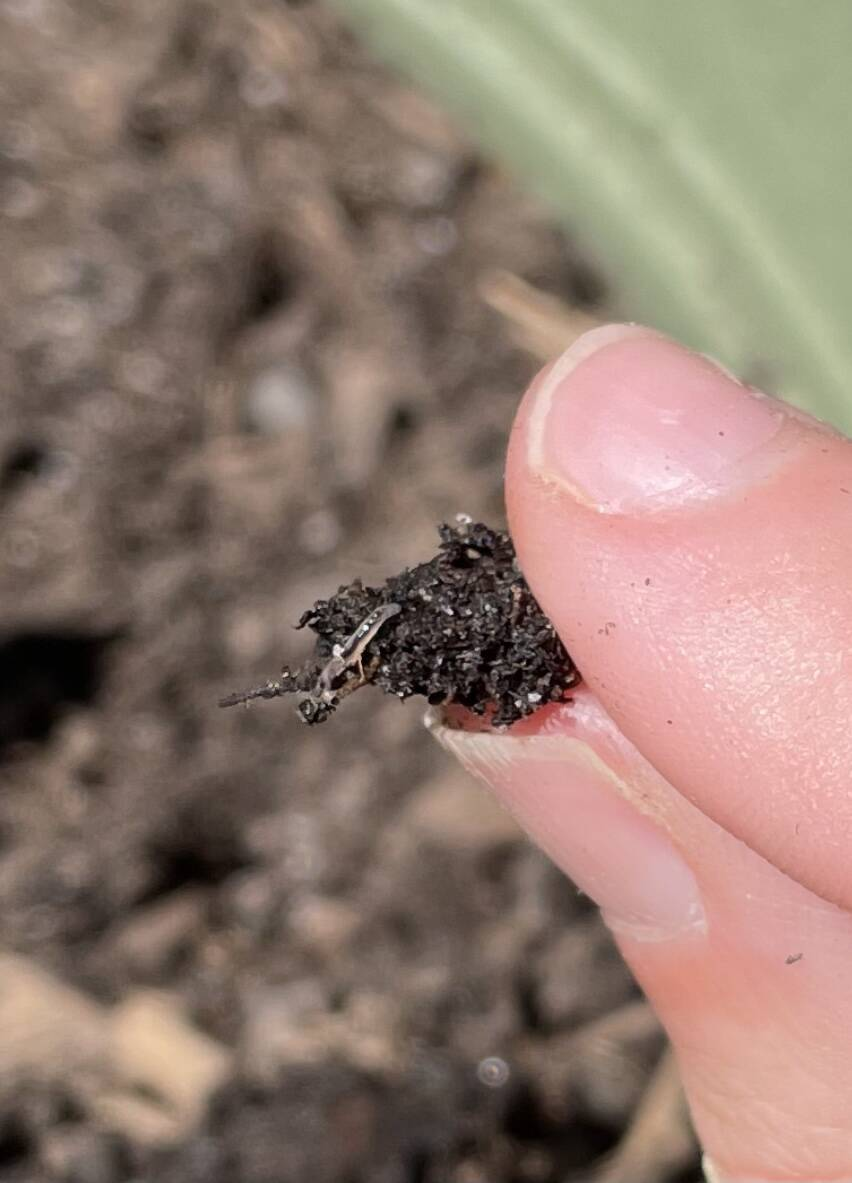
We love our cannabis plants but unfortunately, the bad creepy crawlies like mites, aphids, flies, and gnats do too. These bugs can be annoying at best or worse, cause significant damage to your plant. You can use peroxide to deter these unwanted visitors as it is safer than other synthetic pesticides since when used in the right concentrations, it doesn’t harm the plant or you.
However, be warned! Peroxide will also repel the good guys that you want close to your plant like ladybugs and lacewings, so only use it as a pesticide if you don’t have any beneficial insects around your grow. The ideal spray is the same as the foliar spray, one part 3% peroxide and two parts water.
Germinating Seeds
Germinating seeds is the first part of your plant’s life, and if you’ve purchased seeds from a reputable seed bank (like us at HomeGrownCannabis!), you shouldn’t have any problem. Still, it can’t hurt to be careful and ensure your seeds are free of pathogens.
You can soak your seeds in a peroxide solution to eliminate pathogens before germinating. Many growers also think it will help break down the seed wall and help it germinate quicker. The all-important ratio of one part 3% peroxide to two parts water also applies.
A germination dome can help create the perfect environment for your seeds to sprout by maintaining the ideal humidity and temperature levels. Consider using a Basic Germ Dome to ensure your seeds have the best start possible!
Disinfecting Equipment and Tools
Peroxide is an excellent disinfectant and is used worldwide as a go-to cleaner. You can use it to disinfect your tools like scissors, shears, pots, containers, and other components to ensure that diseases or fungi don’t spread.
You won’t have to dilute the cleaning solution with water, and you can simply use the 3% peroxide that you buy off the shelf. Many growers also like to use bleach and if you do, be sure to only use it in the ratio of one tablespoon of bleach to one gallon of water or you’ll risk hurting your plants.
When preparing your equipment for the growing season, it's also important to create the right environment for your seedlings to thrive. Consider using a Dome with Grow Light Bars to maintain the perfect humidity and light conditions as you work with your tools and plants. This will help ensure that everything you use is clean and safe for your seedlings, setting them up for success.
|
Purpose |
Treatment |
Caution! |
|
Fungal and bacterial infections |
Foliar spray: one part 3% peroxide to two parts water |
Watch the concentration levels! |
|
Root Rot |
Use foliar spray on the roots |
Peroxide will also kill beneficial bacteria, so think about introducing good microbes after the root rot has been resolved. |
|
Soil aeration |
Use a pint of 3% peroxide to a gallon of water and apply weekly |
Use sparingly, don’t overwater plants and watch the concentration levels. |
|
Hydroponic Grows |
Add 10 ml of 3% peroxide per gallon of water to the reservoir every 4-5 days. |
When first starting, add a little less than stated. |
|
Pest control |
Foliar spray: one part 3% peroxide to two parts water |
Don’t use if you have beneficial bugs like lacewings and ladybugs or you’ll kill the good guys too. |
|
Germinating seeds |
Soak seeds in one part 3% peroxide to two parts water |
Watch the concentration levels! |
|
Disinfecting tools |
Regularly clean all your equipment with 3% peroxide |
Only one tablespoon of bleach to one gallon of water if you are using bleach. |
How To Use Hydrogen Peroxide
Ready to protect your beloved cannabis plants? Here’s how to use hydrogen peroxide effectively and safely.
Prepare The Solution
Treating foliage, roots, and soil requires different concentrations of peroxide. Buy only 3% peroxide as handling higher concentrations of 30 or 50% can be dangerous to you or your plants. You’ll have to dilute it further as per the table we just shared with you.
If you are first using peroxide, start with an even lower concentration to see how your plant reacts. If you see any signs of your plant being unhappy, stop the peroxide treatment immediately.
Foliar Spray
Prepare your foliar spray by mixing one part 3% peroxide with two parts water in a bottle. Then, spray it onto your plant, thoroughly covering the leaves, branches, and stem. This can take care of common problems like mold, powdery mildew, or fungal infections.
The best time to do so would be in the early morning or late evening to reduce the damage you may end up causing the plant.
Drench Solution
Another use of peroxide is to use it as a soil drench which can eliminate pests from the soil or roots. You can use the same ratio as the foliar spray and water your plant normally with the mixture. If you’re battling root rot, you can apply the mixture once which might be enough, but continue to water the plant with the mixture twice a week.
Again, only do this as a last resort as peroxide will also kill beneficial bacteria that you DO want around your plants.
Final Thoughts on Using Hydrogen Peroxide on Cannabis Plants
When used correctly, hydrogen peroxide can be extremely helpful to cannabis plants, protecting them from harmful pathogens and diseases. Easily found in most stores, peroxide is an affordable way to treat many common conditions such as root rot, fungal infections, and pests.
However, you’ll need to tread lightly and err on the side of caution, as peroxide is an unstable molecule that can hurt beneficial microbes or your plant’s delicate ecosystem. Be sure to dilute it according to recommendations and always start with a lower concentration to see how your plant reacts.
At HomeGrown Cannabis Co, we offer nutrient packs to accommodate crops' needs as they mature and blossom. You can explore our collection.
This post contains affiliate links. As an Amazon Associate, I earn from qualifying purchases. This helps support the blog at no additional cost to you.
